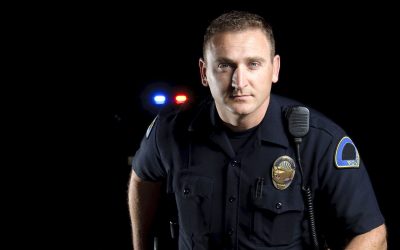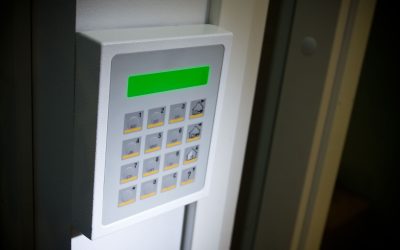Further to my previous article on calculating an Intrinsically Safe loop approval (http://www.instrumentation.co.za/7571a ), we consider the impact of Exic and how to handle long cable runs in IS loops.
ExnL (Energy Limiting) was a technique used for zone 2 which was effectively ‘Intrinsic Safety in normal operation’ i.e. with no safety factor required. ExnL has been reassigned as Exic in IEC/SANS60079-11 and IEC/SANS60079-25. Previously, although not spelt out in the standards, it was generally accepted practice to run ExnL loops in same trunking as IS loops. With the new standards, it is clear that Exic loops can be run in same multi-core or trunking as other Exi loops. This means that single multi-core (or trunking) can be used for IS instruments in Zone 0, 1 and 2. NOTE : Shared multicore must be Type A or B in accordance with system standard IEC/SANS 60079-25, that is not subject to faults.
Further on this topic: The CENLEC standard and subsequently the IEC standard changed the capacitive reference curves because of some tests done in Germany. This reduced the allowed cable capacitance from 2002.This impacts plants built between 1995 and 2002 based on earlier ATEX standards where longer cable runs were required.
For a standard 24V loop (Uo = 28V) this changed the Co from 130nF to 83nF, reducing the maximum cable length allowed. When these plants require a DCS upgrade and a new isolator is to be fitted, the IS loop calculation now fails.
How can we handle this? Firstly and importantly, there is a misconception that the Co values are defined by the design of barrier/isolator. The Co value is actually defined in IEC/SANS60079-11: 2012 Table A.2 page 96 (102 of 149).
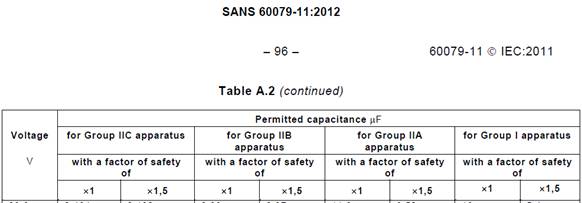
![]()
So any barrier/isolator with 28V safety description will have Co = 83nF (Zone 0/1; IIC). In practice this parameter will define the maximum allowable cable length.
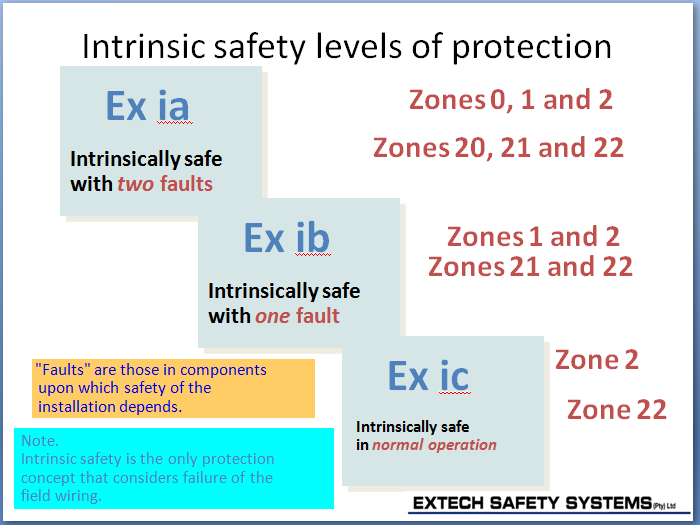
Figure 1.
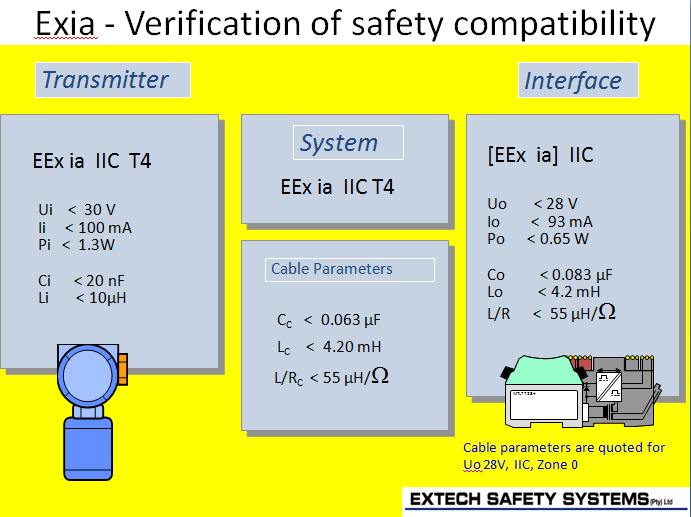
Figure 2. Instrument located in Zone 0 (or 1).
Figure 2 shows an Exia loop with a Co=83nF. The max cable capacitance Cc=63nF. With a typical cable capacitance of 95nF/km, this would equate to maximum cable of 660m.
If the loop were Exic, the Co=272nF, so Cc=252nF would theoretically allow 2.5kms of cable. i.e. no longer a limiting factor. (The limiting factor in this system is likely to be operating voltage at the end of the cable being high enough for the transmitter to work). In Figure 3, you can see that the system is Exic certified.
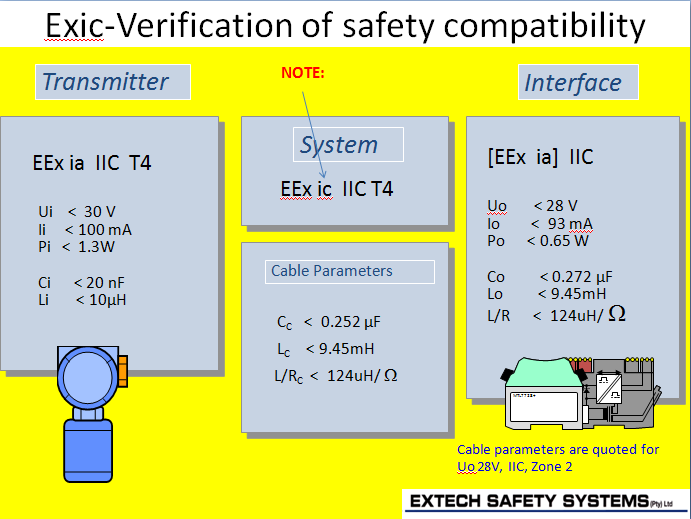
Figure 3. Field instrument in Zone 2.
Conclusions:
-
- 1) For new installations requiring long cable runs, classifying the area as zone 2 offers significant benefit.
- 2) For upgrading existing plants where the new loop approval fails, there are actually 2 options:
- a) Reclassify the hazardous area as zone 2, use Exic and make use of the higher Co value. If this is possible, this is a simpler option.
- b) If it is not possible to reclassify, there is an alternative due to be defined in the new ARP0108 due out shortly. i.e. there is the availability of a ‘Risk Assessment’ for these loops. Reference in A.10.
- ‘NOTE: If a change to loop apparatus results in incompatible safety parameters in accordance with the certification standard, the ATL may consider the use of risk assessment methods and a concession may be issued.’
In both cases, Exic offers some flexibility and for upgrades allows for upgrades of old control systems improving safety.
Additional note on equipment for Zone 2 : In Europe the ATEX directive allows for Cat 3 self certification (e.g. ExnA non-Arcing). Due to the low risk of ignition and high skills proficiency (suppliers and end-users), this is acceptable. Most ExnL ATEX certified product was also Cat 3 self- certified. However with changing to Exic, this is now covered by the 3rd party Exi certification (with minimal extra work or cost), making it an accepted practice in SA. Visit website for more information.
Comments or suggestions welcome.
Regards
GaryGary Friend PrEng
Sales Director
EXTECH SAFETY SYSTEMS PTY LTD
TEL : +27 (0) 11 791 6000
FAX : +27 (0) 11 792 8294
CELL : +27 (0) 83 309 8200
http://www.extech.co.za

